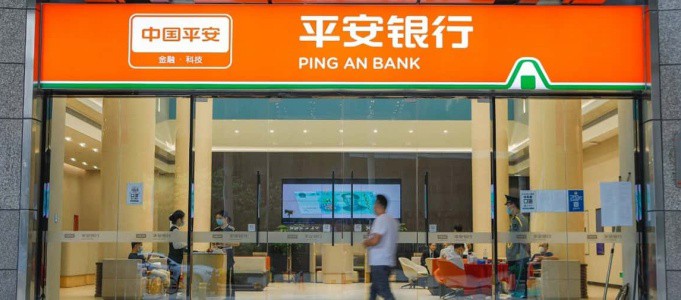Ping An Bank, a subsidiary of Ping An (Insurance Group), reiterated its commitment to innovation particularly in improving customer experience through the deployment of smart banking 3.0 technologies that include the metaverse, Internet of Things and virtual reality.
"We are carrying the development of Smart Banking 3.0 forward, breaking away from the limitations from products and departments of traditional banks," said Tang Jiacai, chief information officer, Ping An Bank, at the recently concluded Asia New Forum hosted by Caixin Global.
"By adopting a customer-centric and data-driven mindset and exploring customers' preferences for products and services through in-depth KYC (Know Your Customer) process, we provide smart recommendations for financial services to customers,” added Tang.
Ping An Bank is now using intelligent robots for simple, high-frequency, process-oriented tasks which enables staff to focus on more complex, high-value tasks.
As of the end of 2022, approximately 99% of Ping An Bank's centralised operations were automated and digitised. Among them, the bank's AI service representatives provided 24-hours-a-day, seven-days-a-week service to customers, and saved RMB600 million in labour costs.
Taking financial inclusion to next level
Ping An Bank continues to improve accessibility of financial services to unbanked and underserved sectors by harnessing the power of technologies like cloud, big data and AI.
For small and micro enterprises, the Ping An Pocket Bank App is an innovative online service platform developed by Ping An Bank, providing various benefits, such as waivers for payment and settlement fees, tax, personnel and legal services fees, and loan interest. As of the end of 2022, there were more than 13 million registered users of the Pocket Bank App and the number of transaction users surpassed 4.7 million.
As of the end of 2022, approximately 99% of Ping An Bank's centralised operations were automated and digitised. Among them, the bank's AI service representatives provided 24-hours-a-day, seven-days-a-week service to customers, and saved RMB600 million in labour costs.
As of the end of 2022, Ping An Bank's balance of loans to small and medium-sized enterprises for inclusive finance was RMB528.226 billion, accounting for 17.11% of the total loan balance, an increase of 38.22% from 2021.
Meanwhile, Ping An Bank launched an online platform created for small and medium-sized banks to address pain points in areas such as insufficient product supply as well as lack of integrated market resources to provide a wealth of products such as funds, bonds and financial management. By the end of 2022, Ping An Bank had served 1,160 small and medium-sized banks, including 1,010 rural financial institutions.
Technology has enabled Ping An Bank, through collaborations with peers, to provide indirect services to small and micro enterprises and farmers in remote counties and villages without increasing its physical branch network.
Data security can also be ensured through managerial means, such as labeling data according to regulatory requirements and implementing a tiered security management system for different data sources.
Ensuring data security and customer privacy
Tang acknowledged that digitization comes with inherent security risks, but he pointed out that “China's strict management of data security is about using data effectively within a regulated framework”.
Last year, Ping An Bank has conducted a comprehensive security audit, which covered areas such as data security management, the information security management framework and procedures, risk management for technology outsourcing, business security management, and employee behaviour management.
Tang gave two examples of using data in a secure and controllable manner.
“First, data can be secured through technology, such as establishing a secure network environment and implementing firewalls between different business divisions. Data collection occurs only with customer authorisation, and users can only access data that has been specifically authorised by customers,” said Tang.
“Second, data security can also be ensured through managerial means, such as labeling data according to regulatory requirements and implementing a tiered security management system for different data sources. Less sensitive data can be used more extensively, while highly sensitive data can have more protection.”





